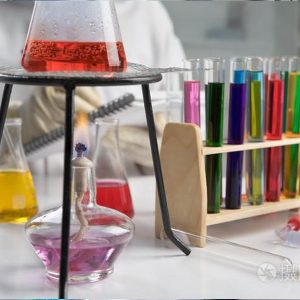Description
Service background
With the international situation and trade friction, ensuring that products comply with the latest requirements of California Act 65 has become the key for many product manufacturers and exporters to win the US market, RTS can provide enterprises with inspection, identification, testing and certification and other comprehensive one-stop solutions to help enterprises reduce the risk of violations, smooth access to the target market.
Service content
1. Applicable product range
Electronic and electrical products finished products, components and raw materials.
2. Requirements for routine samples
It depends on the test project, please contact RTS online customer service for details.
3. Testing items/regulatory requirements
Recommended testing protocols based on product category and material type, such as common lead, cadmium, phthalates, bisphenol A (BPA), etc.
solution
RTS strives to provide you with California Proposition 65 corporate responses, including but not limited to product evaluation, testing, and consulting services to assist in risk management and control of the consumer goods supply chain.
Frequently Asked Questions
What is California Proposition 65?
California 65 is the State of California’s proposal to increase the concern about exposure to toxic chemicals, referred to as “California 65.” In November 1986, the State of California enacted the Drinking Water Safety and Toxic Enforcement Act of 1986, which was later codified in Chapters 25249.5-25249.13 of the California Health and Safety Code.
What are the requirements of California 65 and how should the product meet the requirements of California 65?
There are currently nearly a thousand substances on the “California 65” list. It is difficult for enterprises to fully control such a large amount of material. In addition, it is also difficult to update the controlled substances at least once a year.
We recommend that companies refer to the limit requirements of different substances in existing litigation and investigate the relevant situation of their own products. If the restricted substance in the product exceeds the limit value of the relevant litigation case, the enterprise should attach a warning label on the product.
When did the California Office of Environmental Health Hazard Assessment (OEHHA) issue new regulations regarding warning labels? When does it take effect?
In August 2016, OEHHA passed amended regulations to provide “clear and reasonable” California 65 warnings. The new regulations have come into effect on August 30, 2018, and the old regulation warning provisions of September 2008 have been repealed, and companies need to use warnings that comply with the new regulations.
If the product has passed the phthalate test related to California Act 65, is it considered to meet the four additional phthalate requirements of RoHS?
Can’t think of it that way. These two regulations have differences in the scope of control, control limits, controlled substances and test methods, which need to be tested separately to
determine whether they meet the requirements.
Service advantage
Timeliness: RTS has a set of independently developed LIMS system, which monitors and manages the entire test process, greatly improving work efficiency and shortening the inspection cycle entrusted by enterprises.
Convenient: RTS has a perfect order platform and free on-site pick-up service, and can provide one-to-one consultation and training and one-stop product compliance service chain for enterprises.
Price: RTS in the consulting stage can be based on the product information and material situation of the enterprise comprehensive evaluation, to provide the most appropriate and the most economical quotation scheme for the enterprise, greatly reducing the test cost.
Quality: As a national high-tech enterprise, RTS has dozens of patented inventions and supporting instruments and equipment and professionals to meet the needs of different customers and different products.





